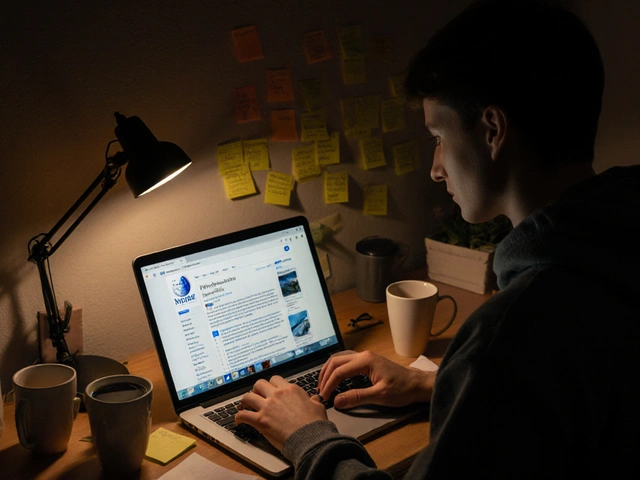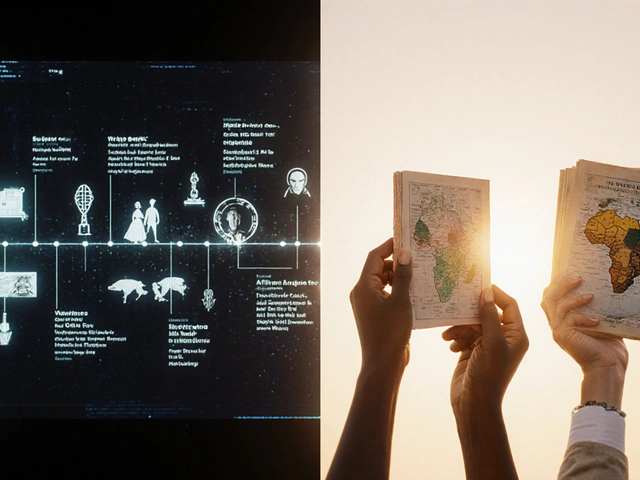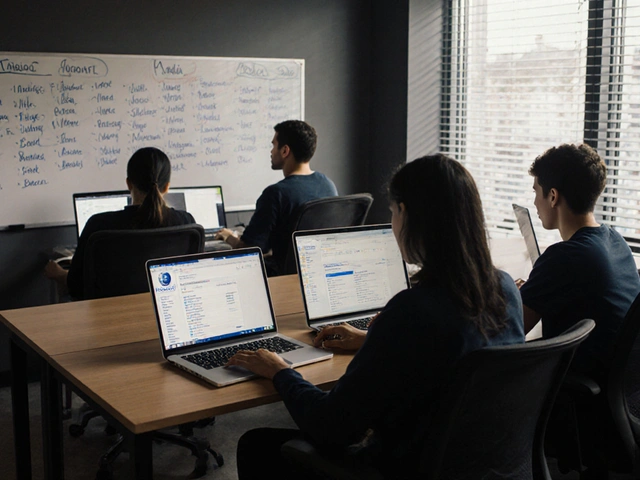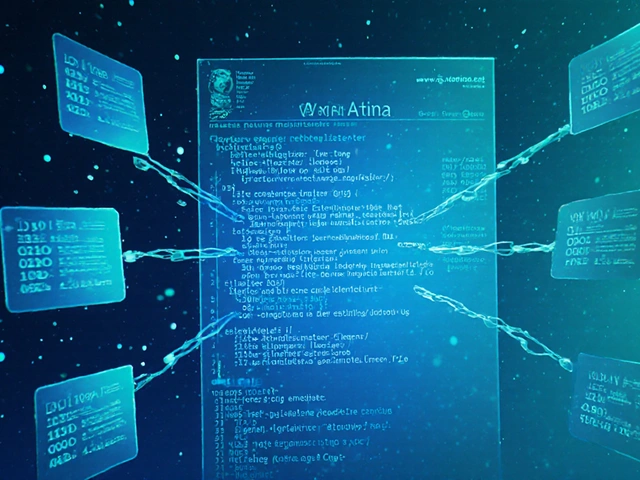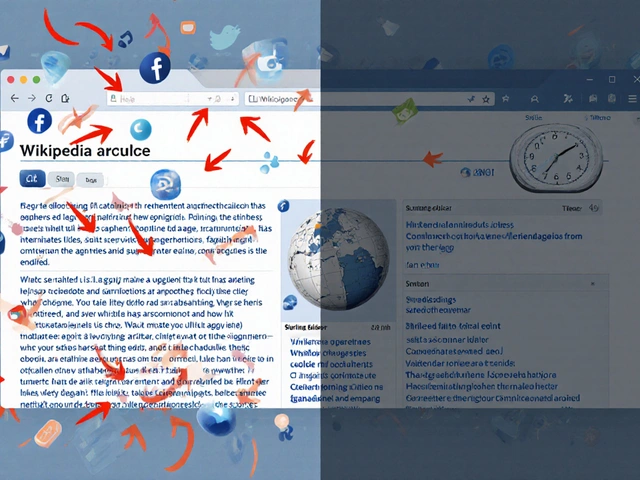
The Wikimedia Foundation isn’t just keeping Wikipedia running-it’s reshaping how free knowledge reaches people in places with little or no internet access, in languages no one thought could be digitized, and for communities that have been left out for too long. The WMF Annual Plan 2025-2026 isn’t a budget document. It’s a roadmap for survival, equity, and relevance in a world where misinformation spreads faster than facts, and where the very idea of open knowledge is under pressure.
Building Knowledge for Everyone, Not Just the Connected
In 2025, over 3 billion people still don’t have reliable internet. That’s more than a third of the world’s population. The WMF knows Wikipedia won’t survive if it only serves those with fiber-optic connections. So this plan doubles down on offline access. Partnerships with local NGOs in rural India, sub-Saharan Africa, and Southeast Asia are expanding Kiwix and Wikipedia Zero-style projects. These aren’t just apps. They’re USB drives handed out at schools, preloaded with 50,000 Wikipedia articles in local languages like Yoruba, Quechua, and Igbo. In Nepal, community librarians now train women to edit Wikipedia using solar-powered tablets. The goal? No one should be told their knowledge doesn’t matter because they live too far from a cell tower.AI Isn’t the Enemy-It’s the Tool
You’ve heard the warnings: AI will replace Wikipedia. The WMF’s answer? Use AI to make Wikipedia better. The 2025-2026 plan includes a $12 million investment in AI tools that help editors spot vandalism faster, translate articles between languages with human-level accuracy, and surface underrepresented topics. But here’s the catch: every AI tool must be open-source, auditable, and trained on Wikipedia’s own data-not corporate datasets. The foundation is working with universities in Germany and Brazil to build models that understand context, not just keywords. A bot in Indonesia now flags articles that cite unreliable sources by cross-checking them against peer-reviewed journals in local languages. That’s not automation. That’s augmentation.Fixing the Gender Gap, One Edit at a Time
Women make up only 16% of Wikipedia editors globally. That’s not a coincidence. It’s a system failure. The 2025-2026 plan targets this with concrete actions: funding for edit-a-thons led by Indigenous women in Canada and Latin America, partnerships with women’s colleges in Nigeria and Pakistan to make editing part of coursework, and a new tool that anonymously tracks gender bias in article language. If an article about a female scientist uses phrases like “she was married to a famous physicist” instead of focusing on her research, the system flags it. Editors get nudges-not punishments. The result? In 2024, articles about women scientists grew by 38% in Swahili and 52% in Bengali. That’s the kind of change that sticks.
Protecting the Platform from Abuse
Wikipedia isn’t just under attack from bots and trolls-it’s under attack from governments. In 2024, Turkey, Iran, and Russia blocked access to Wikipedia for months. The WMF is responding with decentralized hosting, encrypted edit logs, and legal defense funds for editors who face arrest for editing controversial topics. The plan allocates $8 million to support editors in authoritarian regimes. That includes secure messaging apps for coordination, encrypted backups of articles at risk of deletion, and a global network of lawyers ready to file appeals. In Egypt, an editor who added facts about political prisoners had their home raided. The WMF didn’t just tweet support-they funded their relocation and published the article in 14 languages within 72 hours.Money Isn’t the Problem-Trust Is
The WMF’s budget for 2025-2026 is $150 million. That sounds like a lot. But here’s the real number: $0.0003 per Wikipedia view. That’s less than a penny per thousand reads. The foundation gets 98% of its funding from small donations-under $100-from 7 million people. That’s why transparency isn’t optional. Every dollar is tracked publicly. The plan includes a new dashboard showing exactly how money flows: how much goes to server costs, how much to translator stipends, how much to legal battles. No more vague “operational expenses.” You can see that $2.1 million went to training 1,200 editors in Mozambique. That’s accountability.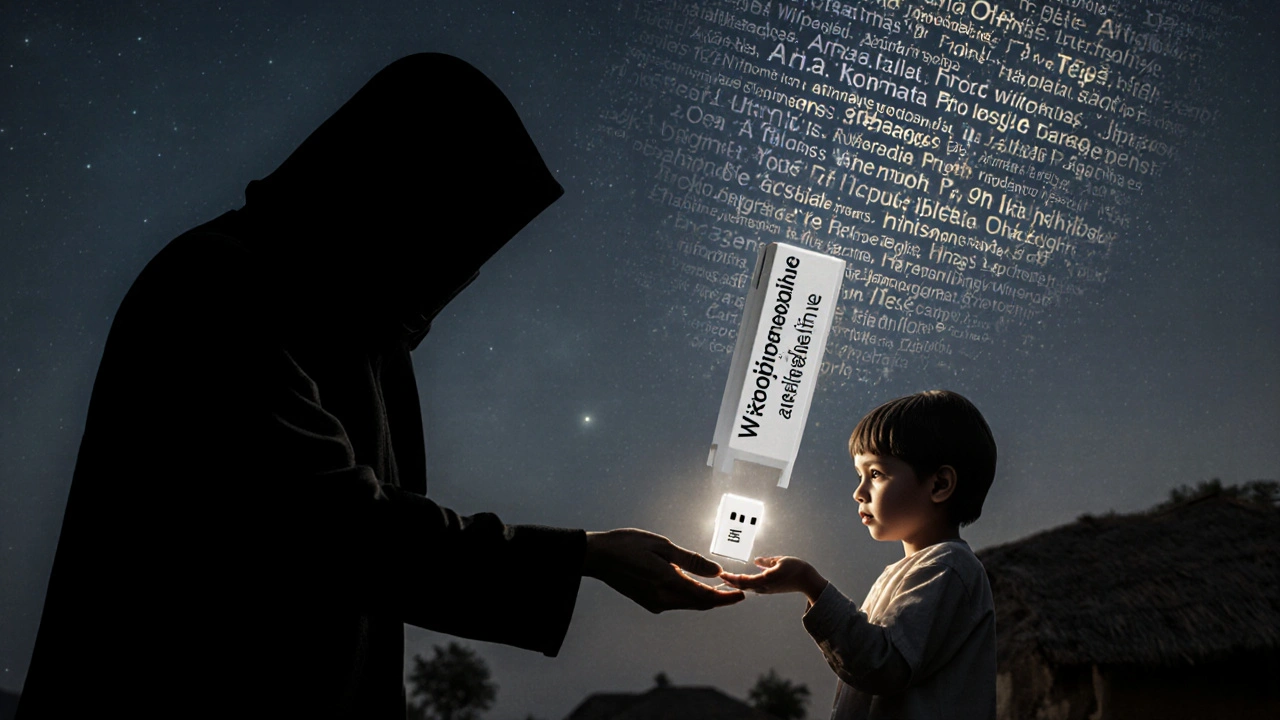
What Happens If This Plan Fails?
If the WMF doesn’t act, Wikipedia becomes a museum. A static archive of 2010s knowledge, edited mostly by Western men, accessible only to the privileged. The alternatives are already here: AI-generated summaries that sound authoritative but are made from scraped Reddit threads and corporate blogs. Search engines that prioritize ads over accuracy. Platforms that reward outrage, not evidence. Wikipedia’s survival isn’t about technology. It’s about who gets to write history. This plan is a bet that people still believe in truth, even when it’s hard to find.How You Can Help-Even If You’re Not an Editor
You don’t need to write an article to support this. You can donate $5. You can share a Wikipedia link instead of a TikTok clip. You can ask your school to teach students how to edit. You can tell your local library to offer offline Wikipedia access. You can report a misleading article. These aren’t small acts. They’re the foundation of the whole system. The WMF doesn’t run Wikipedia. You do.What is the WMF Annual Plan 2025-2026?
The WMF Annual Plan 2025-2026 is the Wikimedia Foundation’s strategic roadmap for funding, technology, and community initiatives aimed at expanding free knowledge globally. It outlines priorities like offline access, AI tools for editors, gender equity in content, and protecting editors in repressive regimes. The plan is funded by public donations and published in full transparency.
How does the WMF plan to improve Wikipedia’s reliability with AI?
The WMF is using AI to help editors detect vandalism, improve translations, and surface underrepresented topics-but only with open-source tools trained on Wikipedia’s own data. These tools don’t write articles. They flag bias, suggest missing citations, and translate content with cultural accuracy. For example, AI in Indonesia now cross-checks sources against local academic journals, reducing false claims by 40% in pilot regions.
Why is gender representation so important on Wikipedia?
Women make up only 16% of Wikipedia editors, which means the knowledge on the site reflects male-dominated perspectives. Articles about women are often shorter, focus on relationships instead of achievements, and get deleted more often. The 2025-2026 plan funds training, edit-a-thons, and bias-detection tools to fix this. In 2024, articles about women scientists grew by over 30% in multiple languages, proving change is possible.
How does the WMF protect editors in dangerous countries?
The WMF provides encrypted communication tools, legal defense funds, and secure backups for editors facing arrest or censorship. In 2024, they helped relocate an editor in Egypt who was targeted for adding facts about political prisoners. They also publish critical articles in multiple languages to prevent deletion. This isn’t just tech-it’s human rights work.
Where does the WMF get its funding?
The WMF gets 98% of its $150 million annual budget from small donations-under $100-from 7 million people worldwide. Less than 2% comes from grants or institutional donors. Every dollar is publicly tracked, so donors can see exactly how funds are used: server costs, translator stipends, legal support, and community programs.
Can I access Wikipedia without internet?
Yes. The WMF partners with local organizations to distribute offline versions of Wikipedia via USB drives, SD cards, and solar-powered tablets. Projects like Kiwix are now in schools in Nepal, libraries in Nigeria, and clinics in Peru. Over 2 million people used offline Wikipedia in 2024-mostly in areas with no reliable internet.
